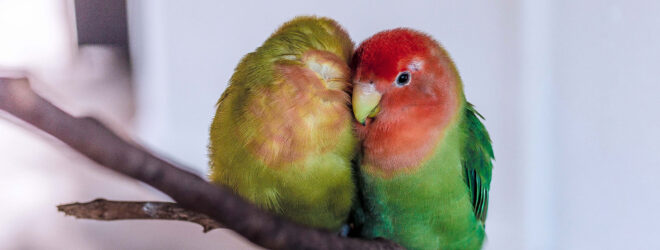Feather shedding is a natural process that occurs in birds. It is a process of replacing old, worn-out feathers with new ones. Feather shedding in birds is a complex process that is influenced by many factors. In this article, we will explore the reasons for feather shedding in birds.
Molt Cycle
Feather shedding in birds is a natural process that occurs during the molt cycle. The molt cycle is a process in which birds shed their old, worn-out feathers and grow new ones. The molt cycle can vary from species to species, but it generally occurs once or twice a year. During the molt cycle, birds may lose a large number of feathers, which can affect their flight and ability to regulate their body temperature.
Just like one pet bird expert, Donald Bergerson stated, “Birds shed their feathers for a variety of causes, such as molting season when they need to replace worn-out feathers that have degenerated over time from use and abuse, bacterial or fungal infections, or even stress.”
Seasonal Changes
Feather shedding in birds can also be influenced by seasonal changes. Birds may shed their feathers during the breeding season to attract a mate. During the breeding season, male birds may develop bright, colorful feathers to attract females. Once the breeding season is over, the male bird may shed these feathers and grow new ones.
Hormones
Hormones play an important role in feather shedding in birds. The level of hormones in a bird’s body can influence when and how many feathers are shed. Hormones such as testosterone and estrogen can stimulate the growth of new feathers and influence the timing of the molt cycle.
Environmental Stress
Environmental stress can also cause feather shedding in birds. Environmental stressors such as extreme temperatures, poor nutrition, and pollution can cause birds to shed their feathers. Birds may shed their feathers to reduce their weight and conserve energy during periods of environmental stress.
Efficiently managing bird supplies involves establishing a systematic approach to organization and maintenance.
Designate dedicated storage spaces for food, bedding, and accessories, keeping them tidy and easily accessible.
Disease and Parasites
Disease and parasites can also cause feather shedding in birds. Parasites such as lice, mites, and ticks can irritate a bird’s skin, causing them to scratch and damage their feathers. In addition, diseases such as avian pox and feather mites can cause feathers to fall out. Birds may also shed their feathers as a defense mechanism against parasites and diseases.
Age
Feather shedding in birds can also be influenced by age. As birds age, their feathers may become worn out and damaged. Older birds may shed their feathers more frequently to replace damaged feathers with new ones. In addition, older birds may have a weaker immune system, making them more susceptible to disease and parasites that can cause feather shedding.
Flight
Finally, feather shedding in birds can be influenced by their flight. Birds that fly frequently may shed their feathers more frequently than birds that do not fly as much. This is because flying can cause wear and tear on a bird’s feathers, making them more likely to shed.
In conclusion, feather shedding in birds is a natural process that is influenced by many factors. The molt cycle, seasonal changes, hormones, environmental stress, disease and parasites, age, and flight can all influence when and how many feathers are shed. While feather shedding is a normal process in birds, excessive feather shedding can be a sign of a health problem. If you notice that your bird is shedding an excessive number of feathers or has bald patches, you should consult a veterinarian.
 HammBurg Be informed with latest news, reviews, entertainment, lifestyle tips, and much more.
HammBurg Be informed with latest news, reviews, entertainment, lifestyle tips, and much more.




